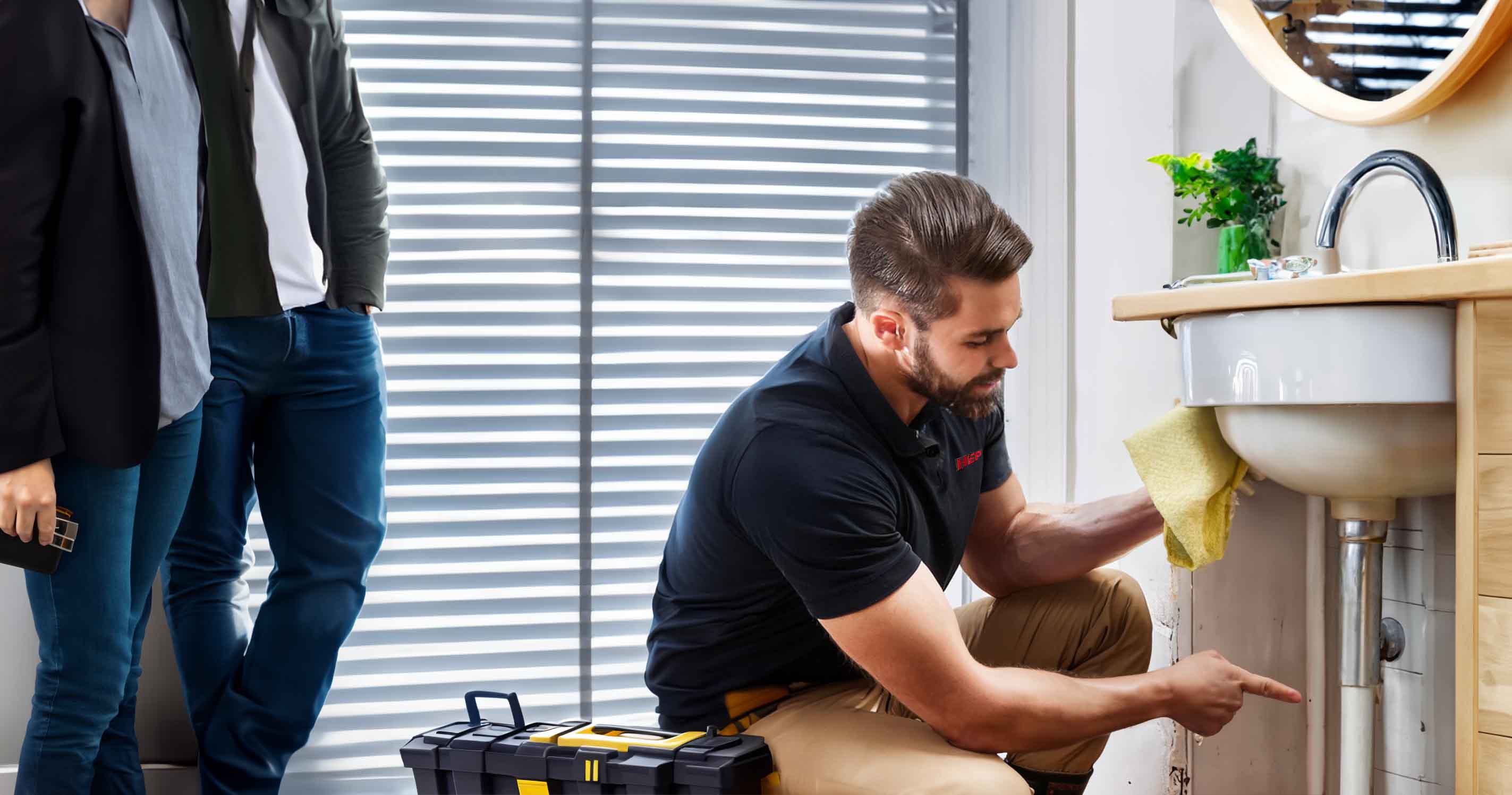

Outdated Pipes
Your trusted partner for professional home services. Quality workmanship, guaranteed satisfaction.




- HEP
- Outdated Pipes
Outdated Pipes | Pipe Upgrades | Plumbing | Charleston
Charleston’s historic charm often hides a less glamorous reality—aging galvanized or corroded supply lines that sap water pressure, discolor fixtures, and can burst without warning. HEP’s licensed plumbers breathe new life into these classic Lowcountry homes by delivering swift, minimally invasive pipe upgrades that protect your property while preserving its character. From whole-home repiping with PEX or copper to strategic section replacements, we custom-fit solutions that restore clean, steady flow and slash the risk of future leaks.
Expect straight talk, transparent pricing, and meticulous craftsmanship backed by decades of local know-how. We schedule around your routine, use drop-cloths and shoe covers, and haul away every scrap so the only thing you notice is fresher water and peace of mind. Ready to retire those outdated pipes? Call HEP today and see why Charleston homeowners trust our pipe upgrades to make yesterday’s plumbing problems disappear.
FAQs
How can I tell if my Charleston home has outdated plumbing pipes?
Start by looking at the age of your house. Homes built before the mid-1980s often contain galvanized steel, cast-iron, or even lead supply lines. Discolored water, frequent pin-hole leaks, rusty stains around fixtures, poor water pressure, and a metallic taste are common warning signs. You can also remove an aerator and check for flakes of rust. If your water service records list “galv” or “PB” (polybutylene), you likely have obsolete piping. Because many of Charleston’s neighborhoods date to the 1940s–1970s, a professional camera inspection or a quick visual check in the crawl space is the surest way to confirm what’s in your walls and under your slab.
What outdated pipe materials are most common in Charleston, and why are they a problem?
Galvanized steel (pre-1960s), polybutylene (1978-1995), lead (pre-1950s), and cast-iron drain lines are the usual culprits. Galvanized steel corrodes from the inside out, reducing flow and shedding rust into drinking water. Polybutylene reacts with chlorine in municipal water, becoming brittle and prone to sudden splits—a major issue in humid, salt-air environments like the Lowcountry. Lead service lines leach toxic metal into water, posing serious health risks. Cast-iron drains rust through in our high-humidity crawl spaces, leading to leaks that attract termites or cause foundation damage. Local building codes now prohibit the use of these materials in new installations, so replacement is recommended rather than spot repairs.
Which replacement pipe materials do you recommend for Charleston’s coastal climate, and what are their benefits?
For supply lines, most homeowners choose either Type L copper or PEX-A. Copper is time-tested, naturally antimicrobial, and handles ultraviolet light well if sections are exposed under raised houses. PEX-A is flexible, resists freeze damage, and has fewer joints—making it ideal for Charleston’s pier-and-beam foundations where long coil runs reduce leak points. Both meet current SC plumbing codes and carry a 25-50 year manufacturer warranty. For drains, schedule 40 PVC or cast-iron-lined PVC stacks are the standard. Each material resists salt-air corrosion and maintains good flow, and our team insulates exterior runs to prevent condensation in our humid summers.
How long does a whole-house repipe take, and will I need to move out?
A two-bathroom single-story home usually takes 2–3 working days; larger or multi-story homes may run 4–6 days. We stage the project so you have evening water service whenever possible—cutoffs are typically limited to 4–6 hours per day. Because we work from attics, crawl spaces, and closets, most families stay in the home throughout the project. Drywall access holes are kept small and patched the same week by our finishing crew. If you’re replacing severely corroded drain lines under a slab, we may recommend a short hotel stay (1–2 nights) while floors are opened.
Will upgrading my pipes improve water quality and pressure, and can it lower insurance costs?
Yes. New copper or PEX lines eliminate the internal scaling that throttles flow in galvanized pipes, restoring full, balanced pressure to showers, dishwashers, and irrigation systems. Removing lead or corroded iron also stops metal leaching and rust flakes, noticeably improving taste and clarity. Many insurance carriers classify polybutylene and galvanized supply lines as “high risk,” adding a surcharge or excluding water-damage claims. Once you provide documentation of a licensed repipe, those surcharges are usually removed, saving $50–$150 per year. You may also qualify for Charleston Water’s low-flow fixture rebate if we install EPA WaterSense faucets during the upgrade.
What does a pipe upgrade cost in the Charleston area, and what permits or financing options are available?
For a typical 2-bath, 1,800 sq ft home, a full supply-line repipe with PEX starts around $4,500–$6,500; copper averages $6,500–$9,000. Adding drain replacement can bring the total to $10,000–$15,000, depending on slab work. The City of Charleston requires a plumbing permit and, for historic districts, review by the Board of Architectural Review if wall penetrations are visible from the street. Permit fees range from $80–$250 and are included in our quote. We partner with local lenders that offer 0% same-as-cash plans for six months or low-interest payments up to 60 months. We also handle all inspections and provide a transferable 10-year labor warranty, so future buyers have written proof of the upgrade.